There are countless reasons to love jewelry, not the least of which is simply finding it pretty. No shame in that! But when you get into the nitty gritty, there are so many fine details and insider knowledge that can really make the difference between a piece worth cherishing and a piece you wore that one time and have no idea what happened to it. (To be clear, the latter is also a story worth telling!)
If you’re anything like me, understanding what my jewelry is made of is just about as important as how it looks. In fact, what it is made of can often tell me exactly how it will look. Metals are an indication of value, sourcing, how to wear the piece, when to wear it, and how to make it last looking its best. I hope this blog helps break down the basics of metals to help you make the most informed decision when you buy!
- Sterling silver — May tarnish, but can always be polished and will always stay silver! Safe for sensitive skin. All of our silver pieces are stamped with .925 and NEVER have nickel in them!
- Gold vermeil or gold plated — Gold plated over sterling silver (vermeil) or a base metal alloy (gold-plated non-vermeil) through the process of fusing. Plating will wear down over time, especially if exposed to water, sweat, and sunscreen. Gold vermeil is totally safe for sensitive skin.
- Gold fill/filled — Solid gold bonded over another base metal. Often marked 1/20 GF, which means 20% of surface is solid gold. Super high quality. Plating lasts if taken care of.
- Solid gold — Will never turn color. Pure gold is 24K. When mixed with alloys to make it stronger, it becomes 9k-18K gold (these also won't change color). Lasts a lifetime!
- White gold — Made from mixing pure yellow gold (75%) with other "white" metals (25%). Stronger than yellow gold. Originally developed in 1912 to imitate platinum.
- Brass and bronze — Both are alloys (comprised of >1 metal). Brass = of copper and zinc; bronze = copper and tin. Won't rust, but will develop "antiqued" patina on outside from humidity and oxygen.
If you’re unsure about the metals in your Stone Cooper piece, never hesitate to reach out! I consider it one of the best parts of my job to be able to support customers in feeling confident about what and how to wear their jewels.
xo, Kat

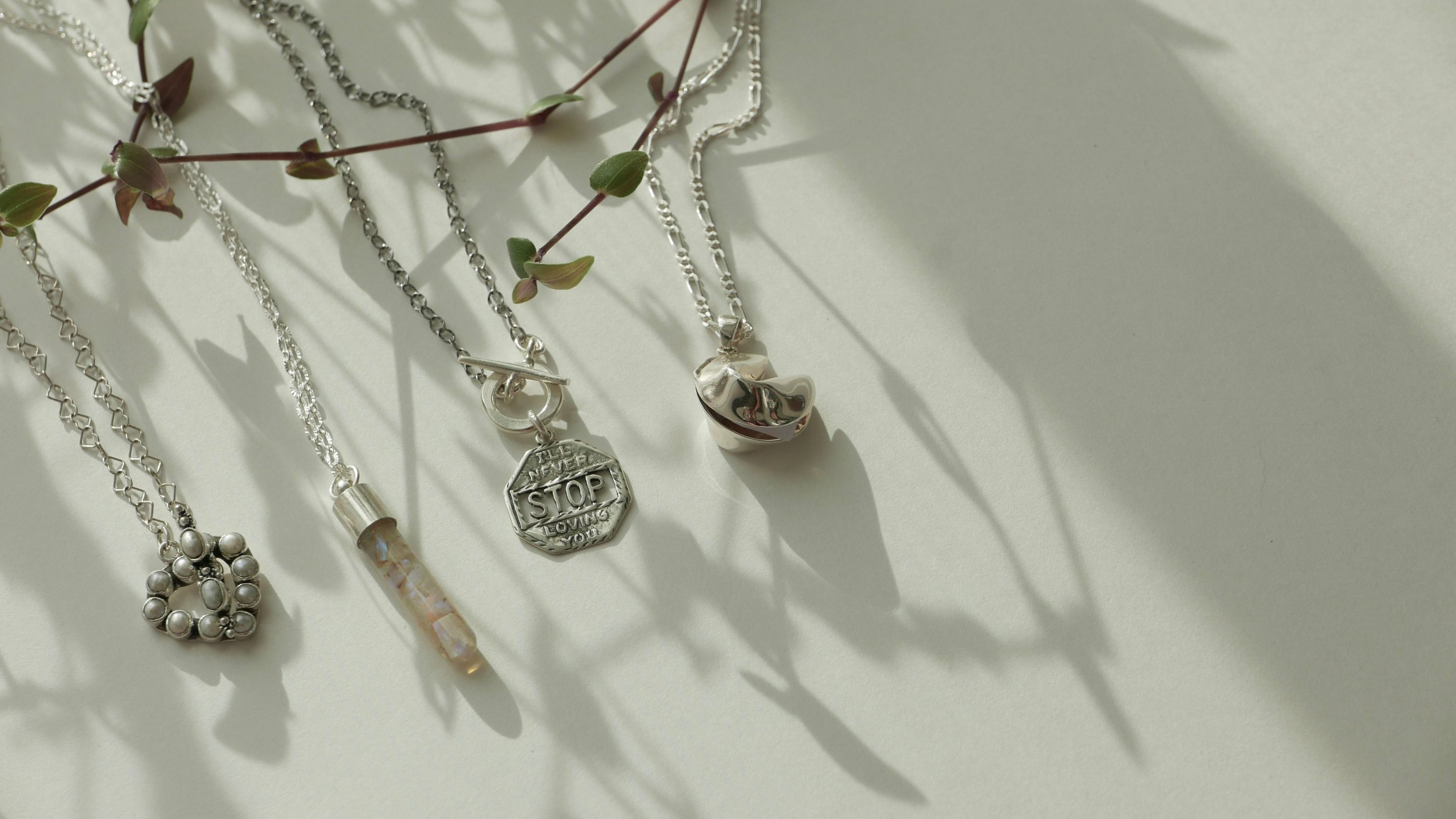
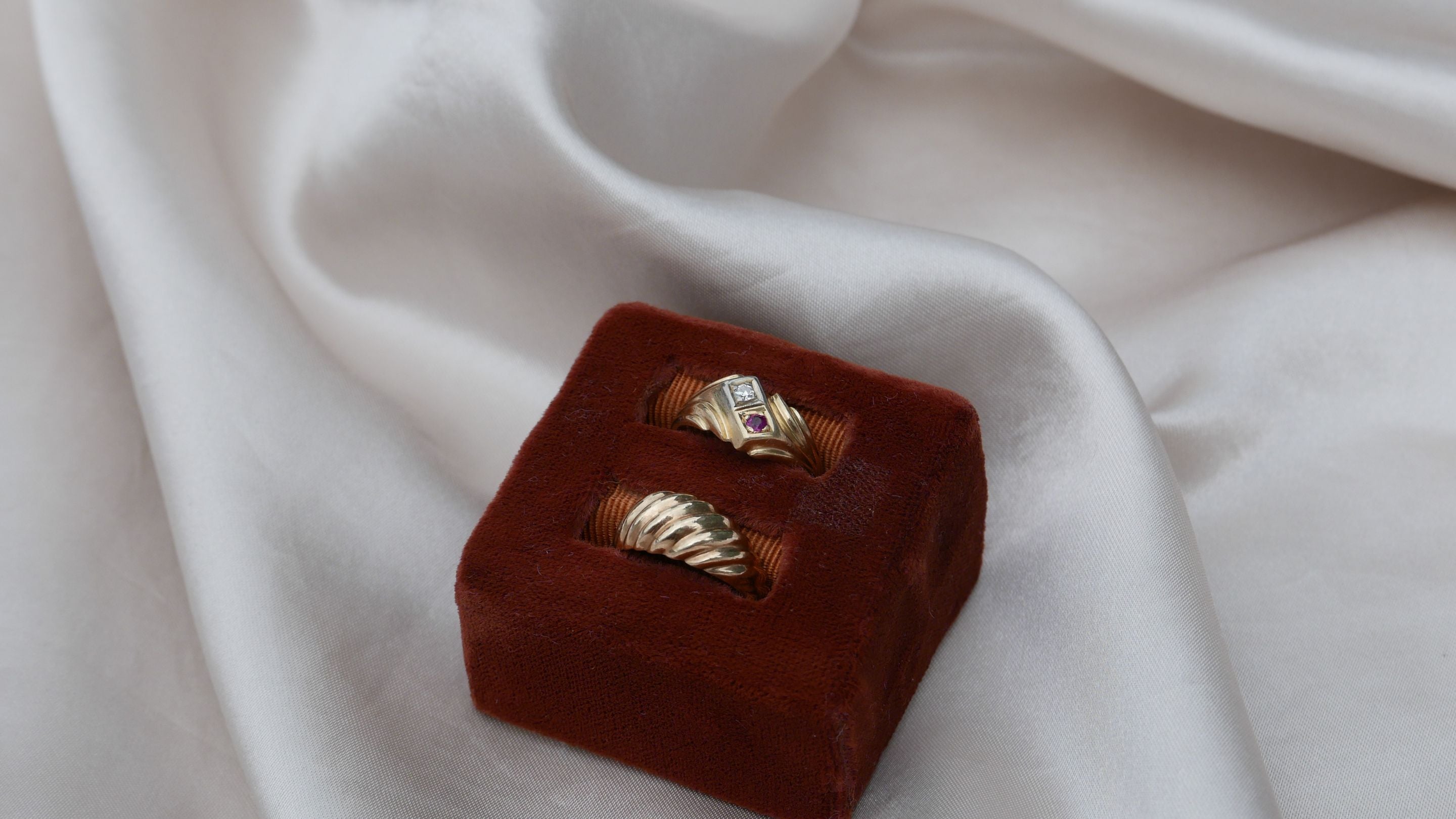
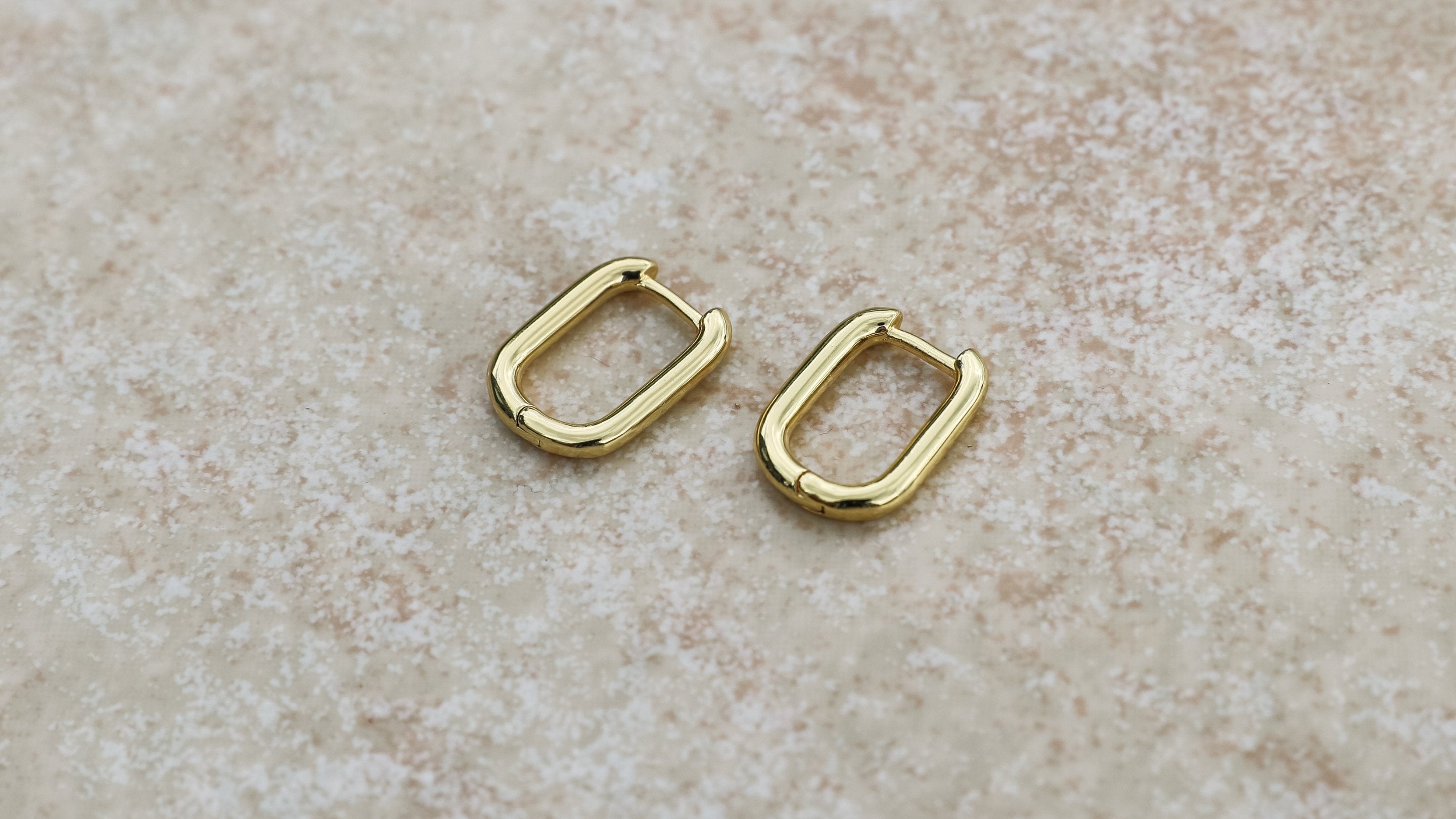
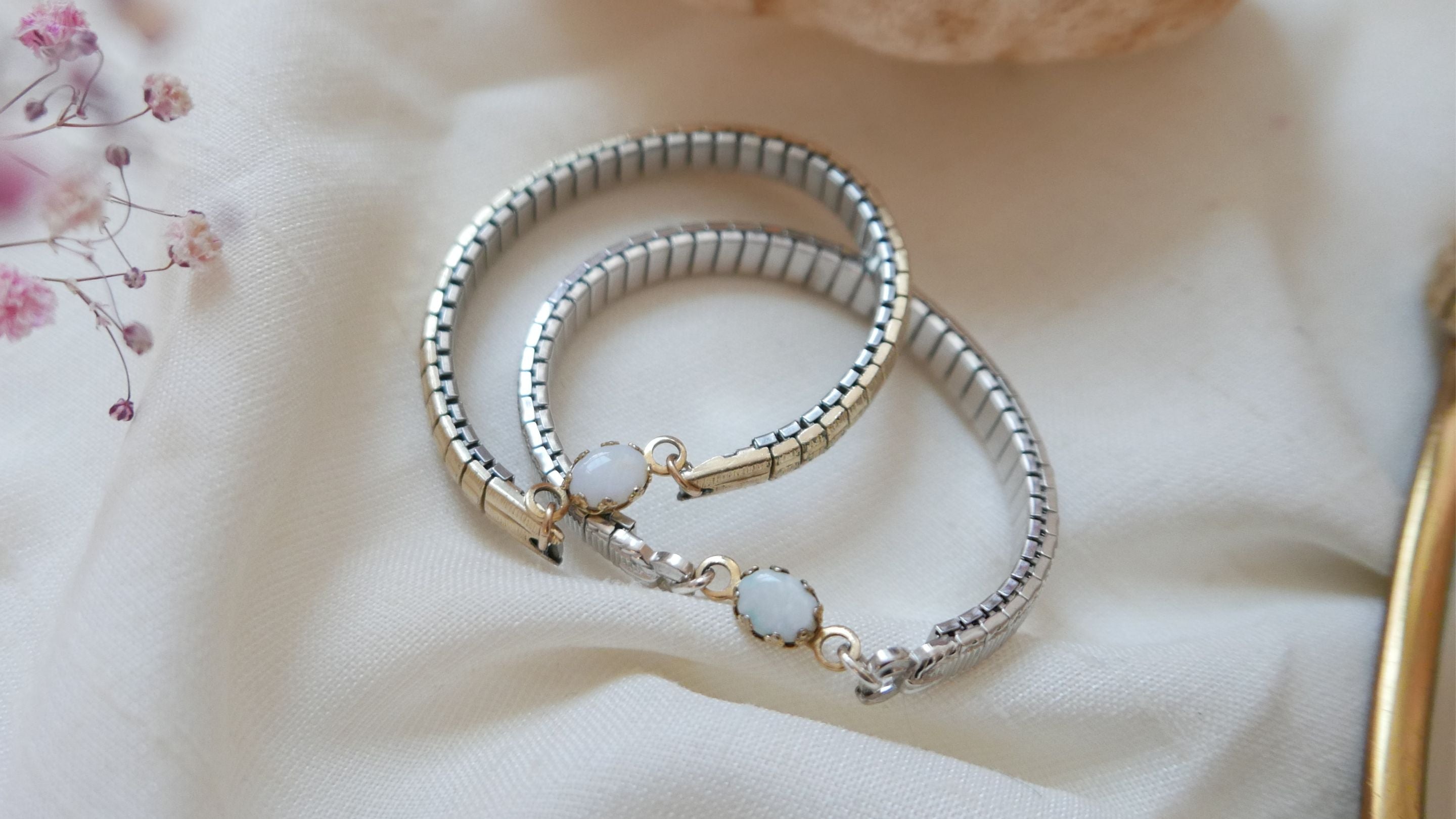
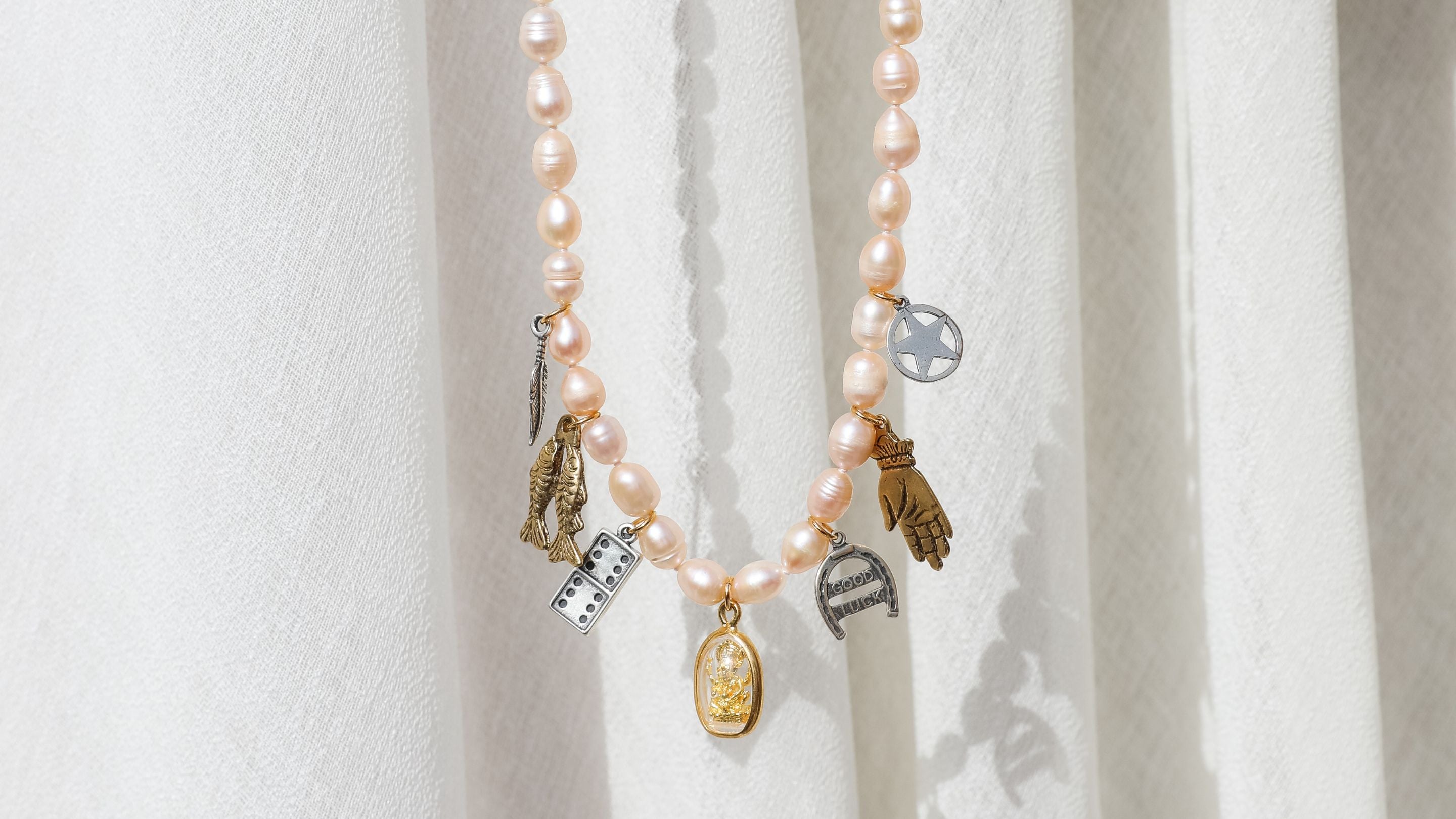
0 comments